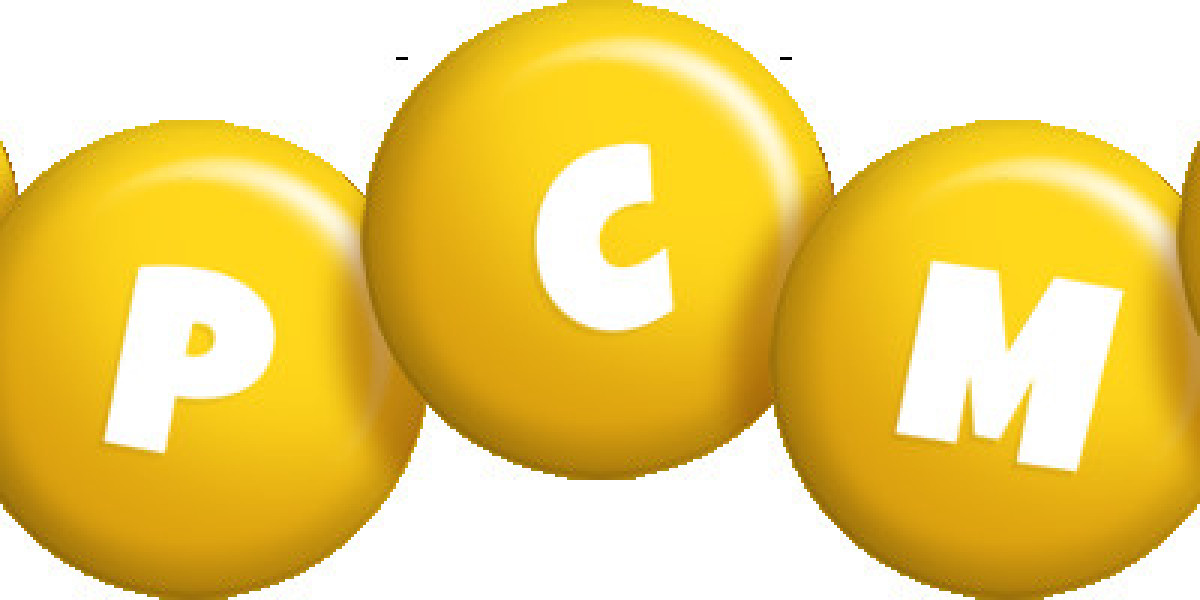In modern industrial and commercial piping systems, selecting the right valve plays a vital role in ensuring optimal fluid control and system efficiency. Among the many options available, the CPVC ball valve stands out as a reliable, durable, and cost-effective solution. Known for its chemical resistance, thermal stability, and ease of use, the CPVC ball valve is increasingly used across industries like chemical processing, water treatment, pharmaceuticals, food and beverage, and HVAC systems.
In this blog, we’ll explore the features, advantages, applications, and technical specifications of CPVC ball valves, and why they are considered a top choice for reliable flow control.
What is a CPVC Ball Valve?
A CPVC (Chlorinated Polyvinyl Chloride) ball valve is a quarter-turn valve that utilizes a rotating ball with a bore to control the flow of liquids or gases. When the handle is turned 90 degrees, the ball either opens or blocks the flow path, making it ideal for shut-off applications.
Unlike metal valves, CPVC ball valves are made from a thermoplastic material that is chemically modified to withstand higher temperatures and resist corrosive chemicals. This makes CPVC valves not only lightweight and easy to handle but also more durable in chemically aggressive environments.
Key Features of CPVC Ball Valves
Quarter-Turn Operation
CPVC ball valves operate using a simple quarter-turn motion, which ensures quick open/close action. This design is ideal for applications requiring fast flow shut-off or start-up.
Compact and Lightweight
These valves are significantly lighter than metal alternatives, reducing structural load and making them easier to install, especially in overhead or tight spaces.
Excellent Chemical Resistance
One of the standout features of CPVC material is its resistance to a broad range of chemicals, including acids, alkalis, salts, and chlorinated hydrocarbons—ideal for aggressive industrial environments.
High-Temperature Performance
CPVC has a higher temperature rating than standard PVC. It can typically handle temperatures up to 93°C (200°F), making it suitable for hot water and other high-temperature fluid systems.
Leak-Proof Sealing
Fitted with PTFE (Teflon) seats and quality O-rings, CPVC ball valves provide reliable, leak-proof operation even under varying pressure conditions.
Low Maintenance
Thanks to their corrosion resistance and non-reactive nature, CPVC valves require little maintenance and remain functional for many years, even in harsh operating conditions.
Advantages of Using CPVC Ball Valves
Corrosion-Free Operation
Unlike metal valves, CPVC valves do not corrode, scale, or rust, eliminating common issues such as clogging or valve sticking. This makes them especially beneficial for water treatment, saltwater lines, and chemical plants.
Cost-Effective
CPVC ball valves are less expensive than metal or alloy valves, both in terms of material cost and installation. They also help reduce long-term maintenance and replacement costs.
Non-Conductive
CPVC is naturally non-conductive, making it safe for use in electrical or sensitive environments where stray currents could be a concern.
UV Resistant (with Additives)
When treated with stabilizers, CPVC valves can resist UV degradation, extending their life in outdoor installations.
Food-Grade and NSF Certified
Many CPVC ball valves are certified for potable water use (NSF/ANSI 61) and are free from toxic substances, making them safe for food, beverage, and pharmaceutical applications.
Common Applications of CPVC Ball Valves
CPVC ball valves are versatile and used across many sectors. Some notable applications include:
Chemical Processing Plants
Due to their superior chemical resistance, CPVC valves are perfect for handling aggressive chemicals like acids, alkalis, and chlorine-based solutions.
Water Treatment and Distribution
They are used in both municipal and industrial water treatment plants for controlling the flow of potable water, brine, and effluent.
Pharmaceutical and Food Industries
Their hygienic properties and corrosion resistance make them suitable for clean environments requiring sterilized piping systems.
Commercial and Residential Plumbing
Used in hot and cold water systems, especially in CPVC piping networks for buildings and housing projects.
HVAC Systems
CPVC ball valves handle hot water and other thermal fluids with ease, supporting HVAC circulation and flow control.
Types of CPVC Ball Valves
CPVC ball valves come in various configurations, including:
Single Union Ball Valve
One end has a union that can be unscrewed for maintenance or replacement without removing the valve from the pipeline.
Double Union Ball Valve
Both ends can be unscrewed, allowing easy removal of the valve for servicing or replacement. Preferred in systems where frequent maintenance is required.
Flanged Ball Valve
Suitable for connecting to flanged piping systems; ideal in industrial applications requiring solid, bolted connections.
Threaded Ball Valve
Used in systems where threaded connections are preferred for easy assembly or disassembly.
Actuated Ball Valve
Equipped with pneumatic or electric actuators for automated flow control, widely used in process automation and remote-controlled systems.
Installation Tips for CPVC Ball Valves
- Always use CPVC-compatible solvent cement and primer when installing socket-end valves.
- Avoid over tightening threaded connections to prevent cracking.
- Use proper support and spacing to minimize stress on the valve.
- Flush the system before operation to remove debris that could damage the ball or seat.
- For outdoor use, consider UV-protected CPVC or shielding measures.
Conclusion
The CPVC ball valve has proven to be a trusted and high-performance solution for fluid control in both industrial and commercial systems. Its unmatched chemical resistance, temperature tolerance, and ease of use make it a superior alternative to traditional metal valves—especially in corrosive and high-temperature environments. Whether you're designing a new chemical process line, retrofitting a water treatment plant, or upgrading a hot water distribution network, a Petron Thermoplast provides reliability, safety, and long-term value.














